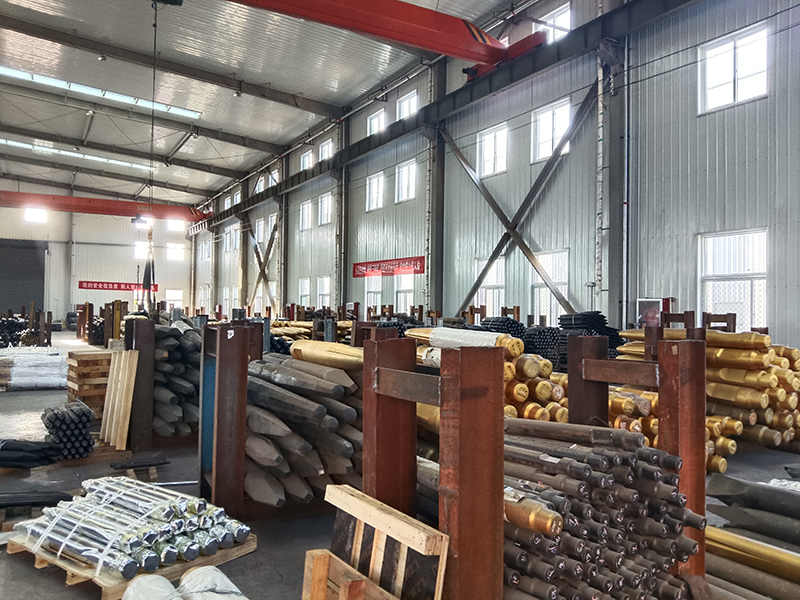Product
News
- Oferta Especial de Año Nuevo: Martillo Hidráulico Soosan SB81 Box Type Silenciado — Fabricación Completa en Zhengzhou Hanyun
- Soosan SB121 Hydraulic Breaker for Chile – Precision Manufacturing from a Full‑Chain Chinese Factory
- High‑Performance Mini Excavator Breaker Hammer — Compact Power for Efficient Demolition and Rock Breaking
- Inside Hanyun’s Production of the SB40 Hydraulic Breaker – Precision Engineering from Raw Steel to Final Assembly
- Zhengzhou Hanyun Hydraulic Breaker — Furukawa HB30G Assembly Precision & Special Offer for Egypt Customer
- Backhoe Demolition 30 Ton Excavator Top Side Box Type Rock Hammer Hydraulic Breakers for Excavator
contacts
Contacts:Jacky Zhang
Phone:+8618937103255
Email:hanyunpsq@gmail.com
Address:No. 167, Xuchang Road, Shangjie District, Zhengzhou City
News
Understanding and Preventing Damage to Hydraulic Breaker Chisels
Hydraulic breaker chisels play a critical role in the efficient breaking of stones and rocks on construction sites. However, these essential components are susceptible to damage due to various factors that impact their performance and longevity. By delving into the causes of chisel damage and implementing preventive measures, operators can enhance the durability and effectiveness of their hydraulic breaker equipment.
Impact of Improper Operation:
One primary cause of hydraulic breaker chisel damage is improper operation practices. Using the breaker for tasks such as prying, bending, or engaging in forceful impacts beyond its design limits can exert excessive stress on the chisel, leading to premature wear and potential breakage. Operators should adhere to recommended usage guidelines to prevent unnecessary strain on the chisel.
Lack of Lubrication and Heat Buildup:
Insufficient lubrication between the chisel and the surrounding components can result in increased friction and heat buildup during operation. Without proper lubrication, the chisel is more prone to overheating, causing accelerated wear and potential damage. Regularly applying suitable lubricants can help reduce friction and heat, prolonging the chisel's lifespan.

Hydraulic Breaker Chisel
Material Quality and Maintenance Practices:
The quality of materials used in manufacturing the chisel significantly impacts its durability and resistance to wear. Defects in material composition, inadequate heat treatment, or inferior quality materials can make the chisel more susceptible to damage during use. Additionally, neglecting routine maintenance tasks, such as replacing worn-out chisels promptly, can exacerbate wear and compromise performance.
Working Environment and External Factors:
The working environment in which the hydraulic breaker operates can also contribute to chisel damage. Harsh conditions, high working pressures, and exposure to abrasive materials can accelerate wear on the chisel. Ensuring that the breaker is used in appropriate conditions and that operators are trained to handle the equipment correctly can help mitigate environmental factors that contribute to damage.
Conclusion:
In conclusion, understanding the factors that lead to hydraulic breaker chisel damage is essential for maximizing the efficiency and longevity of these crucial components. By addressing issues such as improper operation, inadequate lubrication, material quality concerns, and environmental factors, operators can proactively prevent chisel damage and optimize the performance of their hydraulic breaker equipment. Implementing proper maintenance practices, adhering to operational guidelines, and selecting high-quality materials are key steps in ensuring the reliable and efficient operation of hydraulic breaker chisels in construction and demolition applications. By prioritizing chisel care and maintenance, operators can minimize downtime, reduce repair costs, and enhance the overall productivity of their hydraulic breaker systems.











